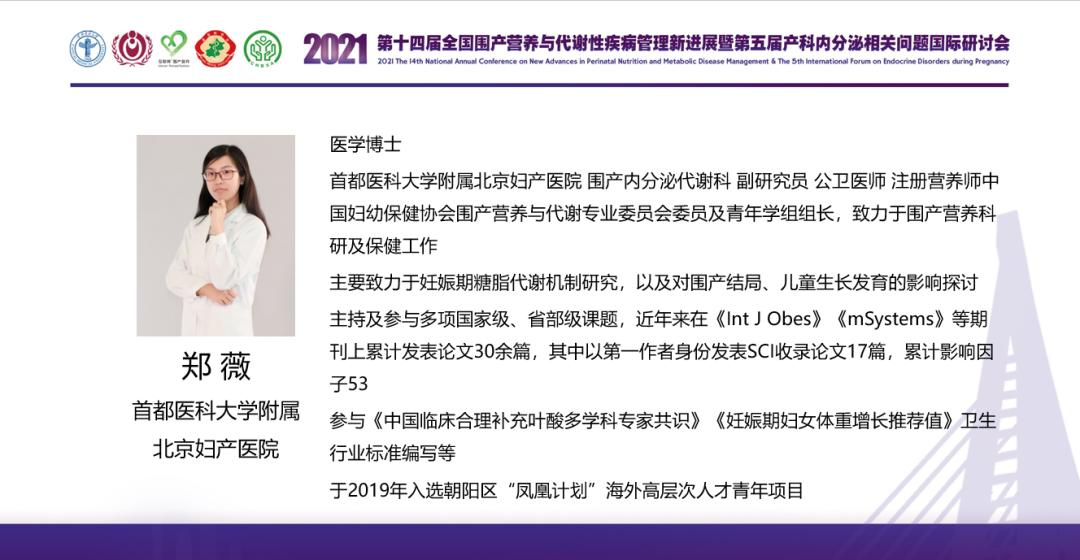"Revolutionizing Cancer Diagnosis: The Role of PET CT Scanner in Modern Medicine"
Guide or Summary:What is a PET CT Scanner?How Does a PET CT Scanner Work?Clinical Applications of PET CT ScannersAdvantages of Using PET CT ScannersLimitati……
Guide or Summary:
- What is a PET CT Scanner?
- How Does a PET CT Scanner Work?
- Clinical Applications of PET CT Scanners
- Advantages of Using PET CT Scanners
- Limitations and Considerations
- The Future of PET CT Scanners in Medicine
#### Introduction to PET CT Scanner
What is a PET CT Scanner?
A PET CT scanner, or Positron Emission Tomography-Computed Tomography scanner, is a medical imaging device that combines two imaging techniques: PET and CT. The PET scan provides information about the metabolic activity of tissues, while the CT scan offers detailed anatomical information. This combination allows for a comprehensive view of the body, making it an invaluable tool in diagnosing and monitoring various diseases, particularly cancer.

How Does a PET CT Scanner Work?
The operation of a PET CT scanner involves the use of a radioactive tracer, which is injected into the patient's body. This tracer emits positrons as it decays, which are detected by the PET component of the scanner. The CT component then takes detailed images of the body's structure. By merging these two types of images, physicians can identify abnormal metabolic activity associated with diseases like cancer, heart disease, and neurological disorders.
Clinical Applications of PET CT Scanners
PET CT scanners are primarily used in oncology for cancer diagnosis, staging, and treatment monitoring. They help in identifying tumors, determining whether cancer has spread, and assessing the effectiveness of treatment. Beyond oncology, PET CT scanners are also useful in cardiology to evaluate heart conditions and in neurology to diagnose disorders such as Alzheimer’s disease and epilepsy.
Advantages of Using PET CT Scanners
One of the key advantages of PET CT scanners is their ability to provide both functional and anatomical information in a single scan. This dual imaging capability enhances diagnostic accuracy and helps in making informed treatment decisions. Additionally, PET CT scans are non-invasive and relatively quick, providing results that can significantly impact patient management.
Limitations and Considerations
Despite their many advantages, PET CT scanners do have limitations. The use of radioactive tracers poses a risk of radiation exposure, although the levels are generally considered safe. Moreover, the cost of PET CT scans can be higher than other imaging modalities, which may limit accessibility for some patients. It is also essential for healthcare providers to consider the patient's medical history and specific circumstances when recommending a PET CT scan.
The Future of PET CT Scanners in Medicine
As technology continues to advance, the future of PET CT scanners looks promising. Innovations such as improved imaging techniques, reduced radiation doses, and the development of new tracers are expected to enhance the capabilities of PET CT scanners. Furthermore, the integration of artificial intelligence in image analysis may lead to more accurate diagnoses and personalized treatment plans.
#### Conclusion
In conclusion, the PET CT scanner is a groundbreaking tool in modern medicine, particularly in the field of oncology. Its ability to provide detailed insights into the metabolic and anatomical status of tissues makes it essential for effective diagnosis and treatment planning. As research and technology advance, the role of PET CT scanners in healthcare will likely expand, offering even greater benefits to patients and clinicians alike.